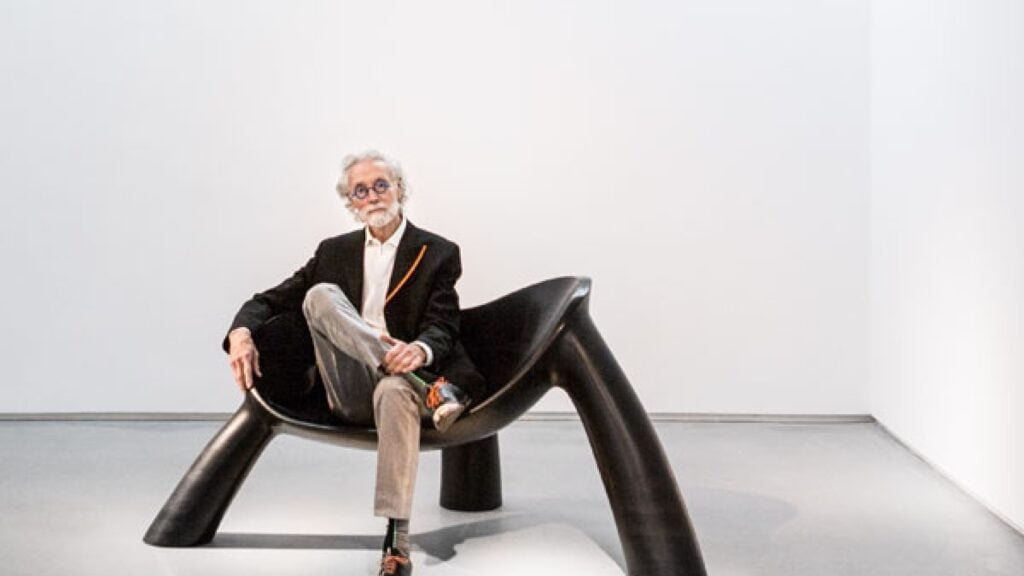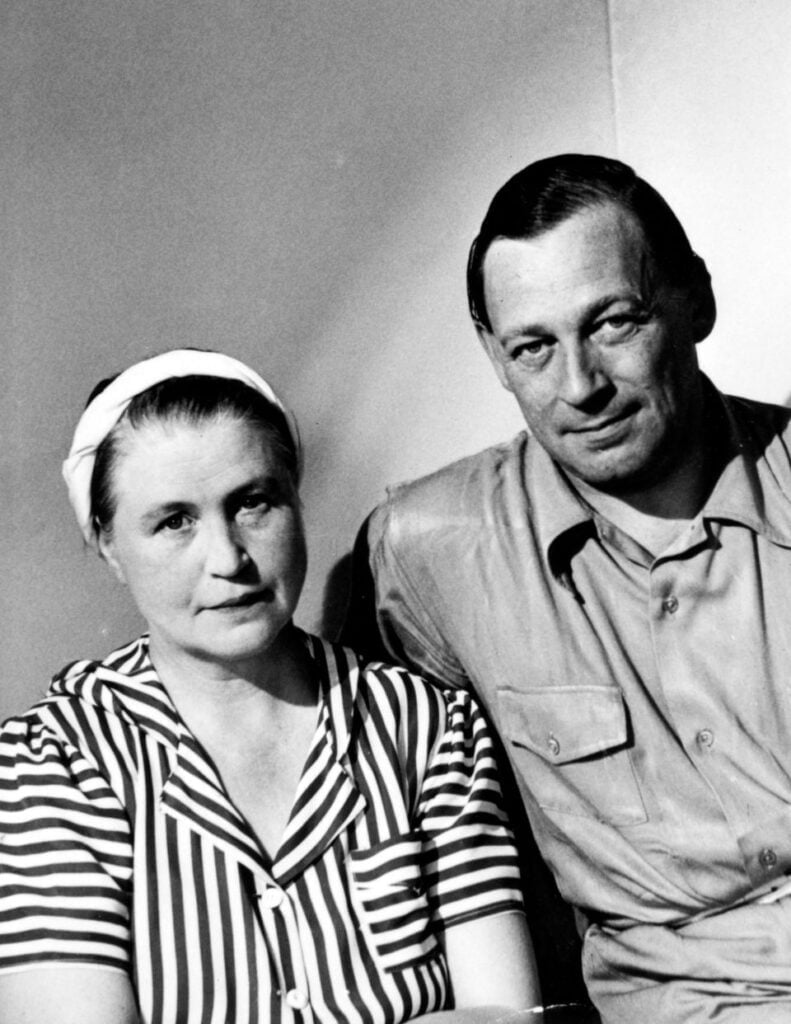Mart Stam
Mart Stam
designer
- Birth: August 5, 1899
- Died: February 21,1986
- Nationality: Dutch
Mart Stam (actually Martinus Adrianus Stam) was a Dutch architect, urban planner, and furniture designer. His career spanned several decades, and therefore several important periods in design history, but his pragmatic, functional style generally falls into the New Objectivity movement. Stam’s first professional experience was as a draftsman in an architecture firm. Until 1922 Stam worked as a draftsman in the office of the architect Marinus Jan Granpré Molière in Rotterdam and joined the Dutch architects association “Opbouw. In 1922, he was selected to design urban infrastructure plans for The Hague region, then he moved to Berlin, and was soon designing buildings across Germany.
In the following two years, Stam worked for the Swiss architect Karl Moser in Zurich and Arnold Itten in Thun. In 1924, together with the architects Hans Schmidt and Emil Roth, he initiated the first Swiss avant-garde magazine “ABC contributions to building”.
Stam returned to Holland in 1926 and in this year he developed his cantilever chair using parts of gas pipes and pipe joint fittings to create a tubular steel frame. He is widely credited as being the first to design this kind of chair, which has no legs in the traditional sense, and is supported instead by a curved metal frame. This iconic chair almost immediately started a whole new genre of chair design: similar models were created by Ludwig Mies van der Rohe, Eileen Gray, and Marcel Breuer.
With the May Brigade he went to Moscow in 1930 and was involved in the planning of the industrial cities of Magnitogorsk, Makejewka and Orsk, among other things. In 1930, Mart Stam was one of 20 architects who were commissioned by the Soviet Union to create new, Stalinist cities.
He returned the Netherlands in 1934, where he began an academic career with the position of director at the Institute of Industrial Arts. This led to a professorship at the Academy of Figurative Arts in Dresden in 1948, and then to becoming a director at the Advanced Institute of Berlin in 1950. From 1966 he increasingly withdrew from public life and lived in Switzerland until his death in 1986.






